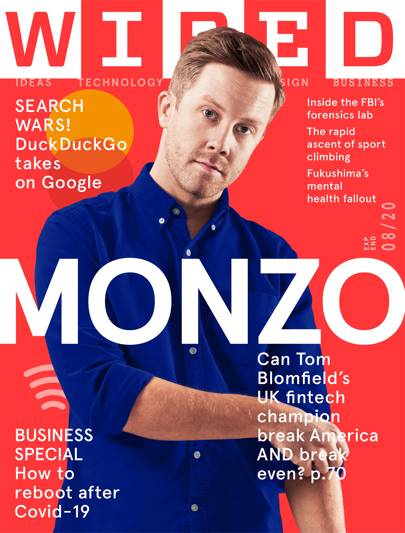 Trust your audience.
Trust your audience.
That’s what I gleaned from this Press Gazette article by Charlotte Tobitt on Wired UK’s revenue forecasts.
“Wired magazine is forecasting revenue growth of up to 10% this year, despite the coronavirus (Covid-19) crisis, as the Conde Nast brand has seen a ‘huge appetite from readers and advertisers during the pandemic,” Tobitt writes.
Editor-in-chief Greg Williams and publishing director Nick Sargent chalk the solid numbers up to Wired’s editorial focus on “what’s coming next and how the world is going to change – making it particularly relevant in these uncertain times. Its main sections are technology, science, politics, business and culture.”
Williams believes the brand will come through the crisis “even stronger and even more focused as a team about what the brand means and how we deliver new innovative products to our readers.”
They were about 10 steps ahead of a lot of other publishers, covering the virus as early as January and shifting priorities as the initial concerns over COVID-19 grew.
“What we’re seeing is that if you do quality journalism, if you do have authority, which I think we have in this space, and there is integrity and quality to what you’re doing, then fortunately there is a big audience for that,” Williams said.
While that audience has been largely digital (one article about life after lockdown in Wuhan logged 1.8 million views on Apple News), they expect to see new interest in the print edition post-pandemic. While their print sales have lagged at the newsstands during the shutdown, overall interest in the brand has risen significantly.
“Williams added that they were still ‘very bullish on print’ and pressing ahead with plans for supplements and the annual trends guide to come later in the year,” Tobitt adds. “Sargent also noted the magazine is not just a replica of the website, but stands alone with a strong focus on images and design.”
The credit goes not only to the editorial team for creating quality content that meets their audience’s needs, but to the lack of bureaucracy that enabled them to pivot quickly. For example, when their planned live conferences shifted to virtual, they created solid plans for the existing sponsors.
“We went to the sponsors of our events with a solution already,” Sargent said. “What we didn’t want to happen was for them to phone up and say ‘what are you doing about this?’ and for us not to have a plan… And because we did that, I think that they were very appreciative.”
He added: “The key was to be ahead of the curve and make sure that we were providing solutions to advertisers, showing them they were getting good value, showing them they’re still getting the reach they wanted, which they took to very well… one would expect Wired to be able to pivot quickly and I think we did, and we’re very proud of what we’ve done.”
Wired UK is a great example of a brand that understands its audience well, delivers exactly what they want, while developing an ultra-solid relationship with their sponsors and ad partners.
This is how you publish during a pandemic, and position yourself for growth beyond. Disruption of all kinds is only going to get faster; publishers would do well to look at brands like Wired for how to pivot and thrive.
